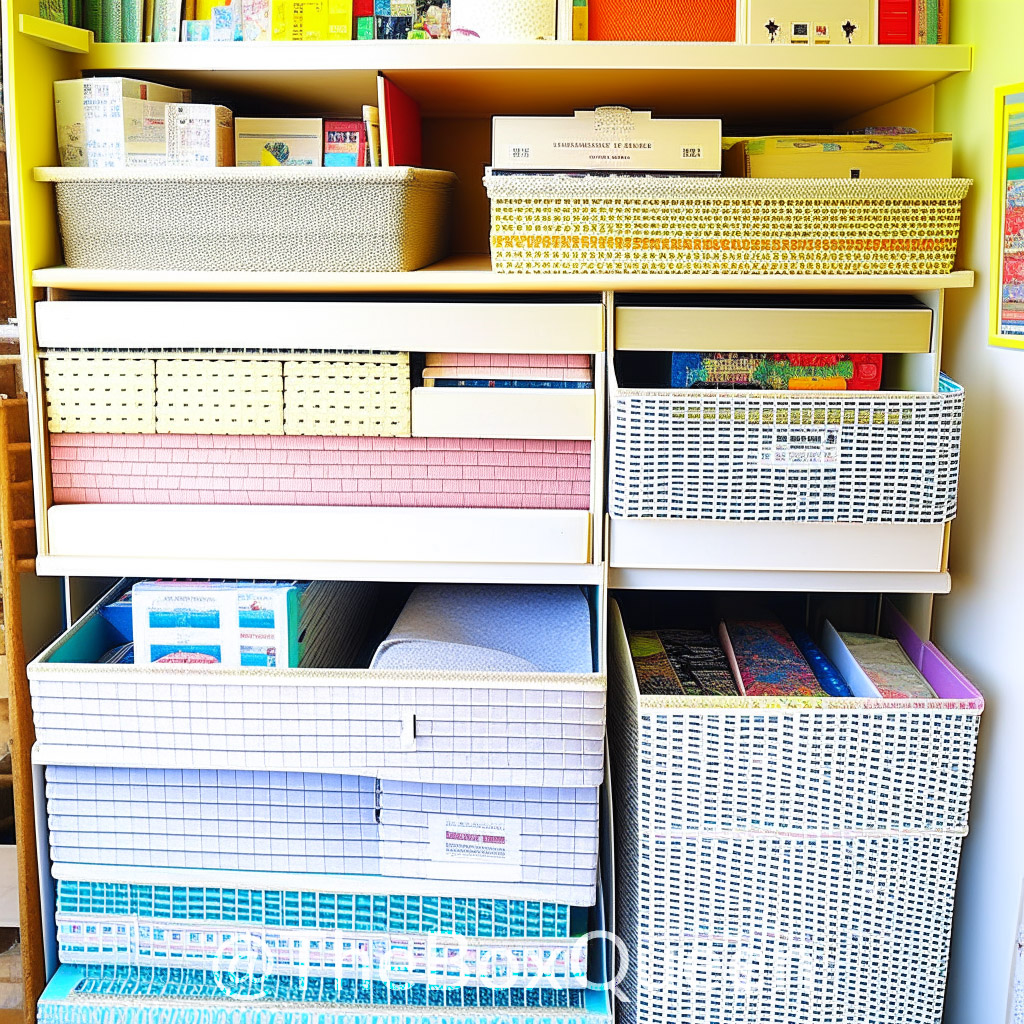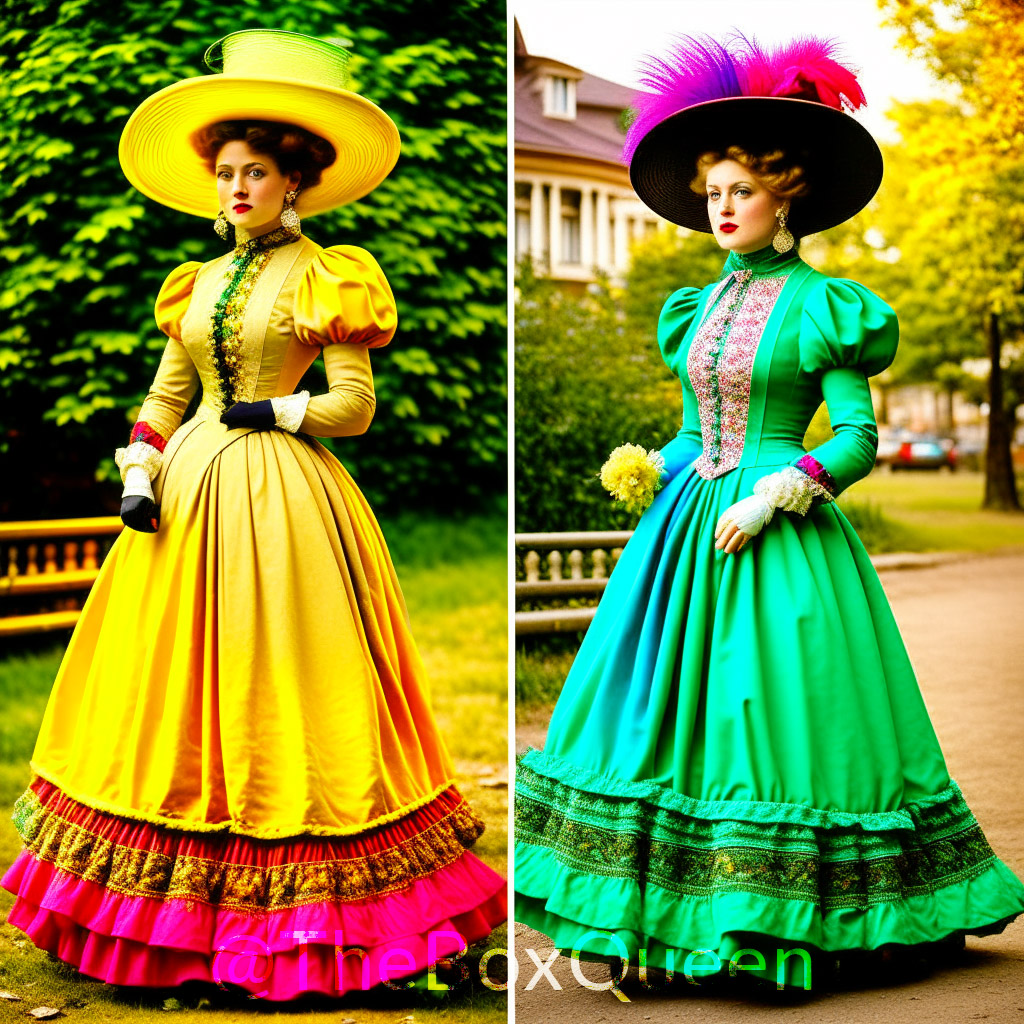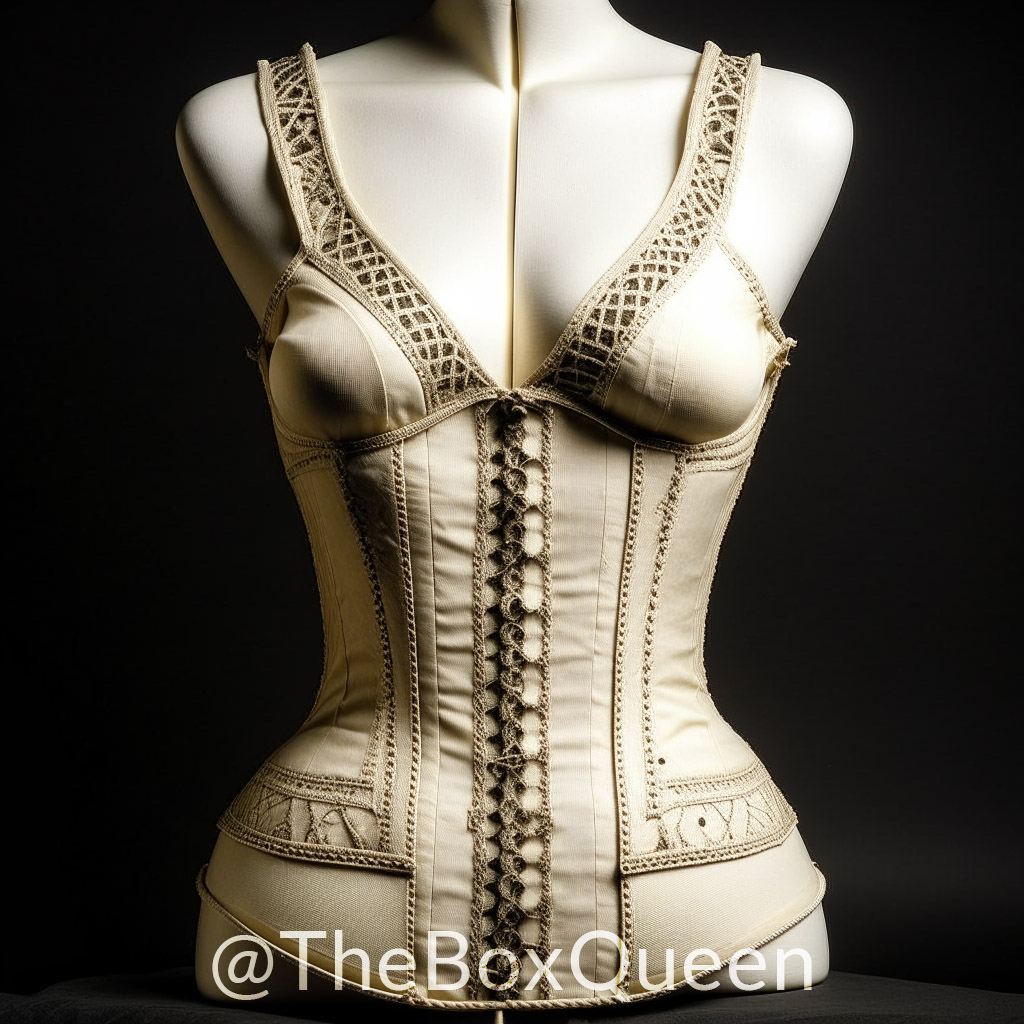The 19th century saw a rise in the popularity of frock coats, which were mainly worn by men. It has a front that resembles a knee-length skirt and was frequently worn with formal or semi-formal clothes. It usually has one row of buttons along the front and a fitted waist with a flared skirt.
In the 19th century, the frock coat was a mainstay of men’s clothing and was frequently paired with a waistcoat and pants as part of a formal suit. In the late 19th and early 20th centuries, it was the typical dress coat for formal occasions and was often worn by military officers. Early in the 20th century, the frock coat gradually lost popularity, but it is still worn today by some people in formal settings such as historical reenactments, ceremonies and some religious communities.
History of the Frock Coat
The frock coat, also referred to as a “morning coat” or a “tailcoat,” became well-known in the late 18th century as a more comfortable substitute for the stiff and heavily-padded jackets that were then worn. In the early 19th century, men from all social groups adopted the frock coat as a go-to option for formal attire.
It was especially well-liked by the upper classes and frequently used in formal suits along with a waistcoat and pants. Up until the early 20th century, the frock coat was a mainstay of men’s fashion. However, as more casual clothing styles gained popularity, the frock coat gradually lost favor. Its popularity peaked in the middle of the 19th century. However, it still used in some formal settings and events, and for reenactment communities and traditional ceremonies.
Discussion of the popularity of the frock coat in the 19th century
Men from all social strata favored the frock coat for formal attire during the 19th century. It was seen as a fashionable and elegant item that was frequently worn with a waistcoat and pants as part of a formal suit. Midway through the 19th century, when men wore frock coats to weddings, balls, and other formal events, the garment was at the height of its appeal. In the late 19th and early 20th centuries, it was the typical dress coat for formal occasions and was often worn by military officers. Because it was regarded as a sign of wealth and rank, the frock coat was also well-liked by the upper classes.
The frock coat gained popularity not just in Europe but also in America since it was regarded as a dapper and sophisticated outfit for men. Politicians, businessmen, and other men in positions of authority were fans as well. Overall, the frock coat was a versatile, classic piece of clothing worn by men for a long time and played a significant role in 19th-century fashion.
Origins of the Frock Coat
The history of the frock coat dates back to the late 1700s, when affluent men wore them as a more formal substitute for the justacorps, a long, fitting coat that was fashionable at the time. The double-breasted front and knee-length design of the frock coat distinguished it from other coats of the time.
Evolution of the Frock Coat
Over the course of the 19th century, both menswear and the frock coat changed. The coat grew longer, with a longer tail and a more tailored waist. By the middle of the 19th century, the frock coat had established itself as a mainstay of men’s formal attire, frequently paired with a waistcoat and pants for a full look.
Styling the Frock Coat
A frock coat is often worn with formal or semi-formal clothing when styling it. The coat is often worn with a formal shirt, tie, or bow tie over a waistcoat and pair of pants. For an additional touch of class, put a pocket square or handkerchief in the breast pocket. Dress shoes, dress pants, and a formal shirt can also be worn with the frock coat. It should have a professional and put-together appearance overall. To ensure that the lines of the coat are straight and neat, it should be worn with a straight and tight fit that is neither too tight nor too loose. To convey a sophisticated, put-together look appearance, the collar should be straight and the button should be done up.
Tips on how to style the frock coat for various occasions
Here are some styling suggestions for a frock coat for various events:
- Weddings: Wear a frock coat with a waistcoat, pants, formal shirt, tie, or bow tie for a classic and formal appearance. A handkerchief or pocket square tucked into the breast pocket can also lend a touch of refinement.
- Business meetings or other professional settings: In business meetings or other formal settings, wear a frock coat with a dress shirt, dress slacks, and dress shoes for a more contemporary and polished appearance. It can look out of place when worn with too casual or fashionable of an outfit.
- Historical reenactments or traditional ceremonies: Be sure to research the right costume for the particular time period or event you will be attending in order to provide a more accurate appearance. Pay close attention to the coat’s embellishments, buttons, and fit details.
- Black Tie events:A frock coat can be worn with a black bow tie, a formal shirt, and pants for a black-tie affair. An elegant touch can be made with a pocket square.
- Formal occasions: A frock coat can be worn to a formal occasion with a waistcoat, pants, formal shirt, tie, or bow tie. It can also be worn with formal dress shoes like patent leather or oxfords.
Overall, it’s crucial to take the occasion and amount of formality into account while styling a frock coat. The secret is to seem presentable and put together while still fitting the occasion.

The Frock Coat in Modern Times
The frock coat lost appeal as a formal wear option in the 20th century, but it has recently gained prominence as a statement piece. Men frequently don frock coats these days as a fashionable substitute for the conventional suit jacket.
How to Style a Frock Coat
The formality of the event must be considered when styling a frock coat. Put the coat with a waistcoat and pants in a similar fabric for a more formal appearance. Wear the coat with some chinos or trousers and a dress shirt for a less formal appearance.
Explanation of the materials used in the construction of a frock coat
Wool, which was a popular fabric for men’s suits and coats in the 19th century, was commonly used to make frock coats. They were frequently constructed from premium woolen materials like tweed, flannel, or worsted wool. These fabrics were strong, cozy, and simple to keep clean. They were a popular option for men’s clothes because they were also reasonably priced. Some of the more opulent frock coats were made of silk or velvet, and wealthy individuals generally wore these to formal events or ceremonies. Although there are many different fabrics available now, including wool, cotton, polyester, and even synthetics, the traditional woolen frock coat is still a popular choice for historical recreations and customary events.
Discussion of the differences between wool, tweed, and other materials
- Wool
The natural fibre known as wool is derived from the wool of sheep, goats, and other animals. It has been used for ages to create garments and other goods because it is a warm, resilient, and adaptable material. Due to its inherent properties of being insulating, water-resistant, and simple to maintain, wool is a popular material for frock coats. Because it is renewable and biodegradable, it is a sustainable substance as well.
- Tweed
Tweed is a type of woolen fabric with a speckled or flecked pattern made by weaving together various coloured yarns. Coats, jackets, and other outdoor gear are frequently made from this robust and long-lasting fabric. It is a preferred material for frock coats due to its sturdiness, warmth, and resistance to stains and dampness.
- Other Materials
Other materials that are used in the Frock coats are made from silk and velvet. Natural fibre made from silkworm cocoons is known as silk. It is a high-end cloth renowned for its brilliance, drapability, and softness. Short pile velvet and cotton or silk are combined to create the velvety, silky, and soft fabric known as velvet. It is a high-end fabric that is frequently used for formal attire, but because of its delicate nature, it is less common for frock coats than wool or tweed.
In general, frock coats are frequently made from wool, tweed, and other materials. The choice of material will rely on the particular requirements and preferences of the wearer. Each material has its own set of benefits and drawbacks.
Where to buy
There are several options for finding a well-made frock coat:
- Tailors:
You can have a frock coat built to your exact size and preferences. The best fabric and style for your needs can be chosen with the assistance of a tailor.
- Vintage and second-hand shops:
These stores are excellent places to find well-made frock coats from the past. These coats might be constructed using premium components and include distinctive designs that are no longer being produced.
- Online retailers:
A number of online merchants and marketplace like Amazon, including Historical Emporium, American Duchess, and Victorian Trading Co., focus on selling frock coats. These merchants provide comprehensive details regarding the jackets’ materials and design in addition to a large selection of styles and sizes.
- Department stores:
Although the range of frock coats may be small, several department stores do carry them. Before making a purchase, it is wise to do some research and check the quality because they frequently carry more contemporary styles and fabrics.
Before making a purchase, it is crucial to take your time and investigate all of your possibilities. Look for frock coats that are well-constructed, have a nice fit, and are made of high-quality fabrics. Before making a purchase, it’s a good idea to check customer reviews to get a sense of the coat’s general quality and fit.
Conclusion
In conclusion, the frock coat is a classic, stylish garment that has endured through the ages. It is the ideal addition to any formal wardrobe thanks to its refined elegance and vintage appeal. The frock coat is adaptable and can be worn for a variety of events, including weddings, business meetings, historical reenactments, and customary rituals. Its widespread use in formal settings and reenactment communities today, as well as in the 19th century, attest to its enduring appeal.
In conclusion, the frock coat is a classic, stylish garment that has endured through the ages. It is the ideal addition to any formal wardrobe thanks to its refined elegance and vintage appeal. The frock coat is adaptable and can be worn for a variety of events, including weddings, business meetings, historical reenactments, and customary rituals. Its widespread use in formal settings and reenactment communities today, as well as in the 19th century, attest to its enduring appeal.




